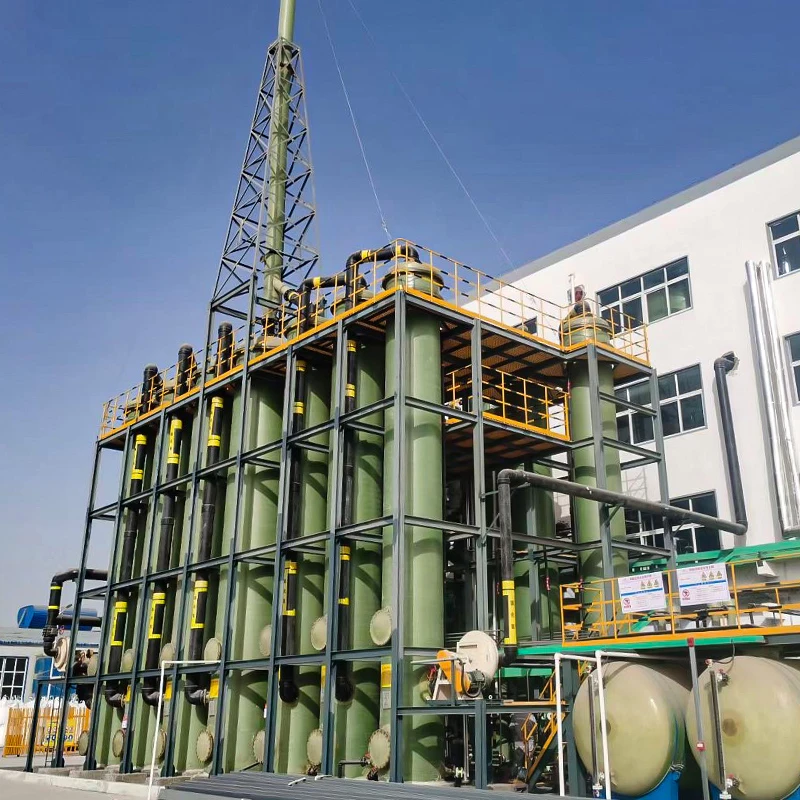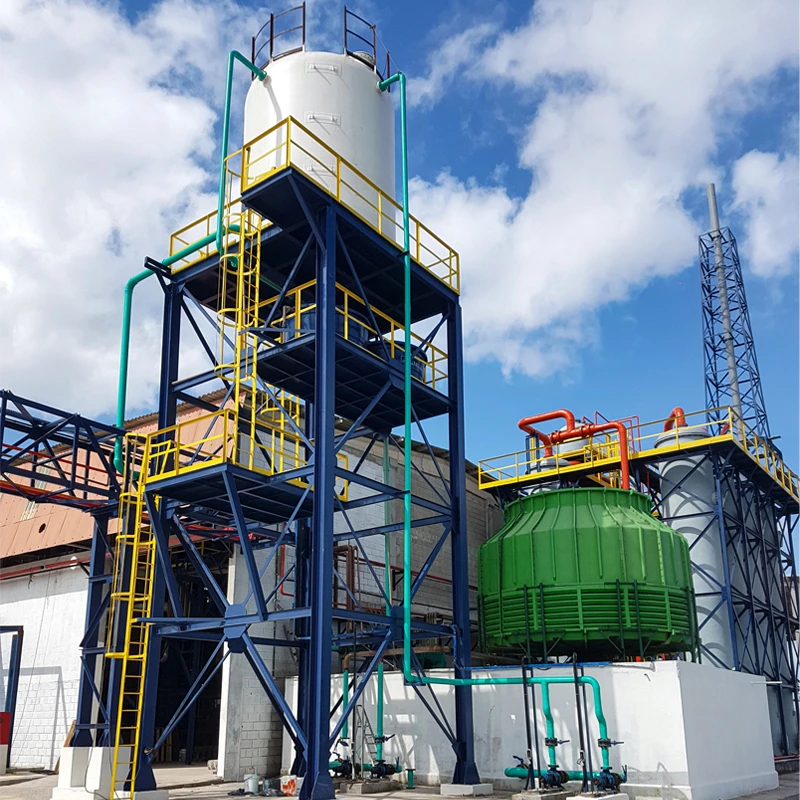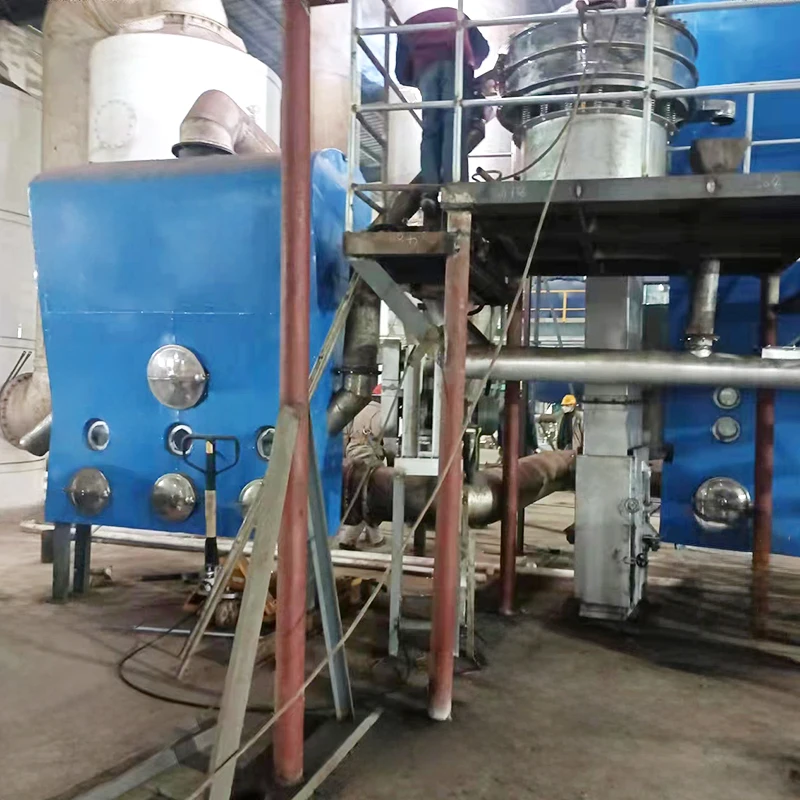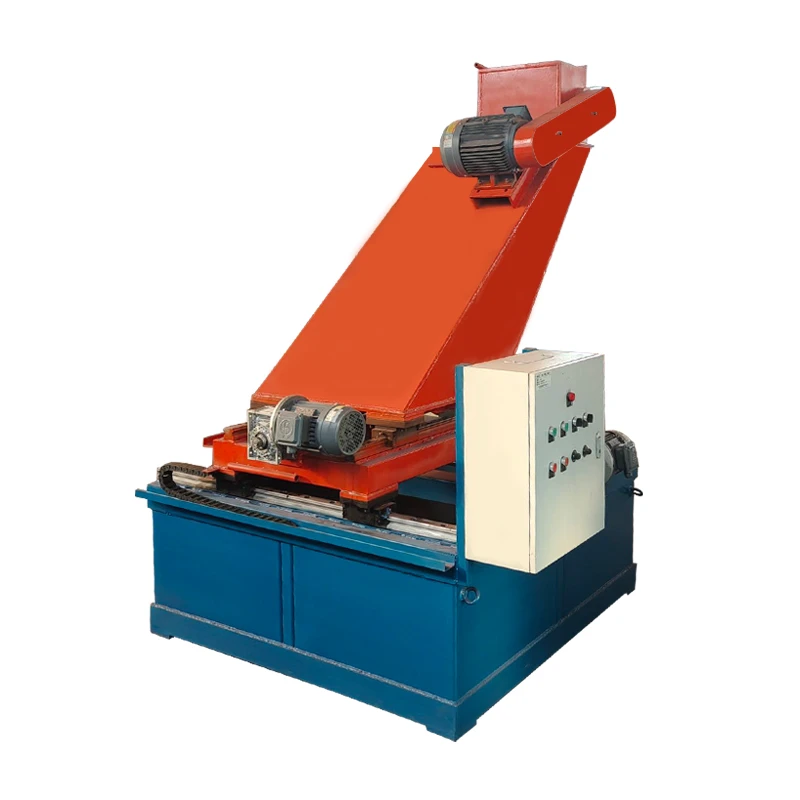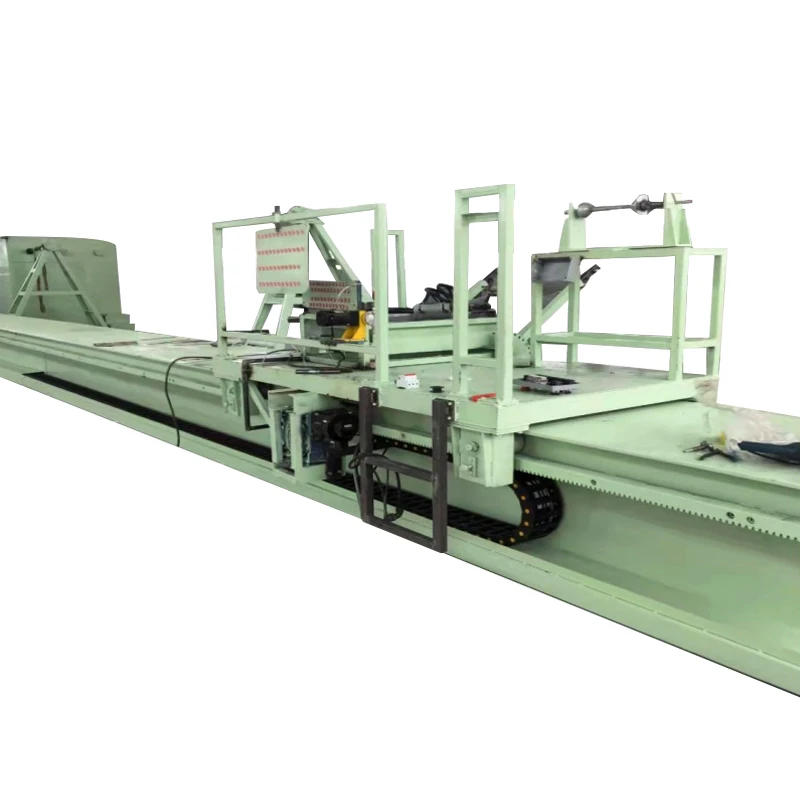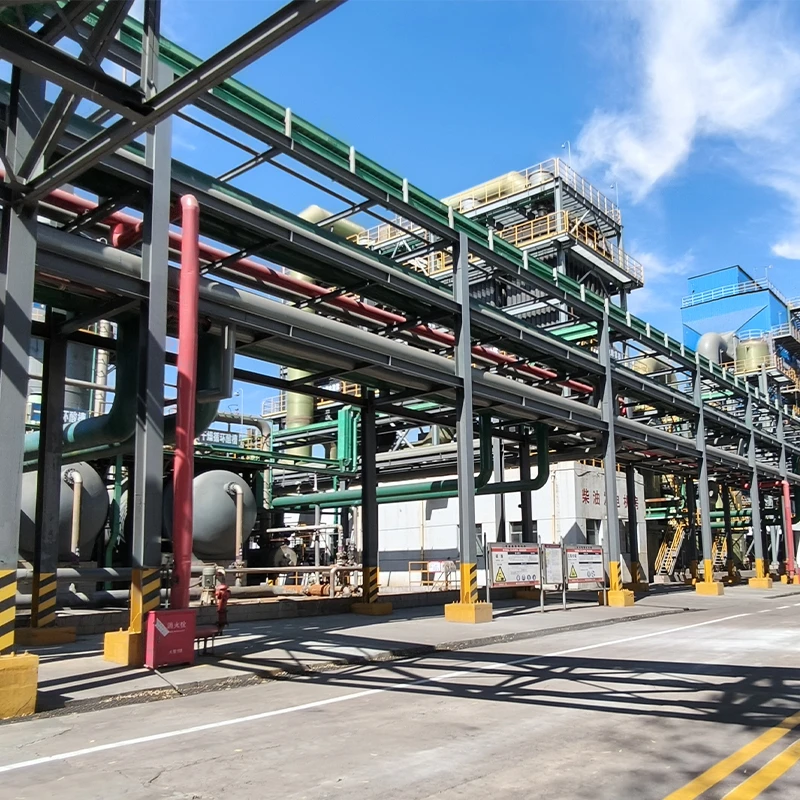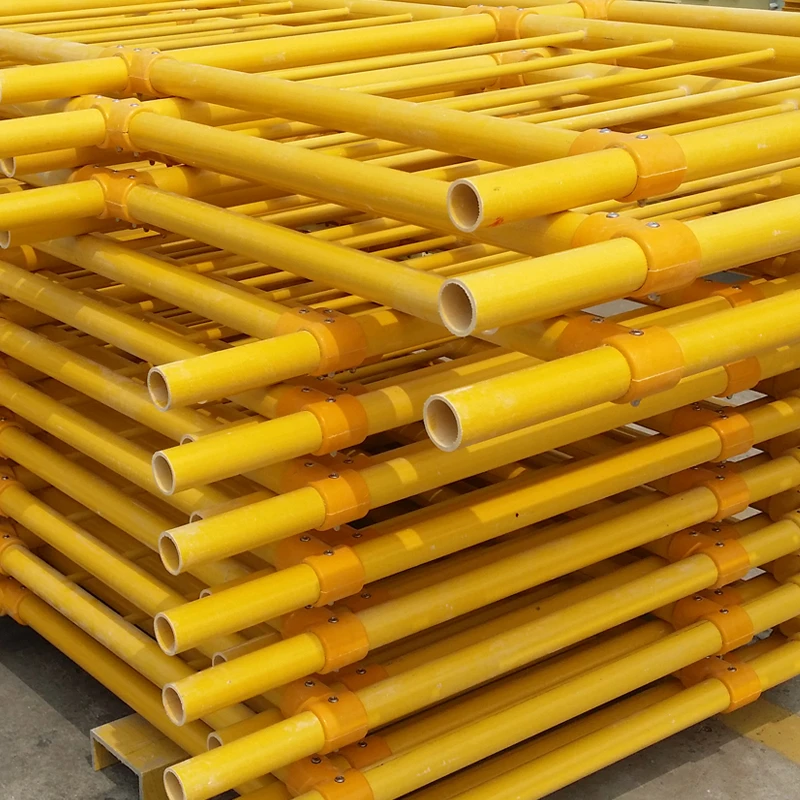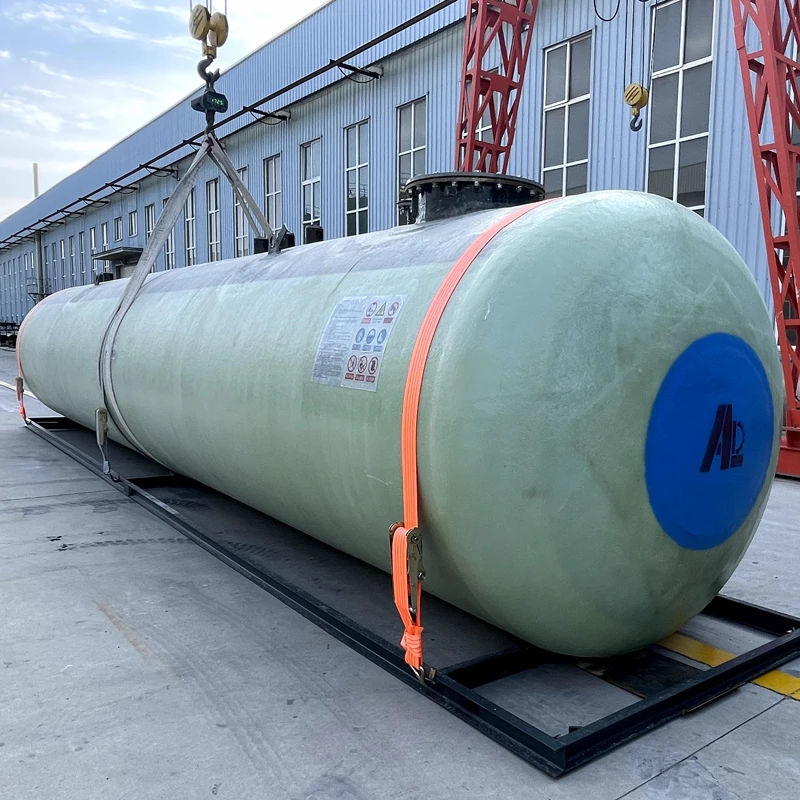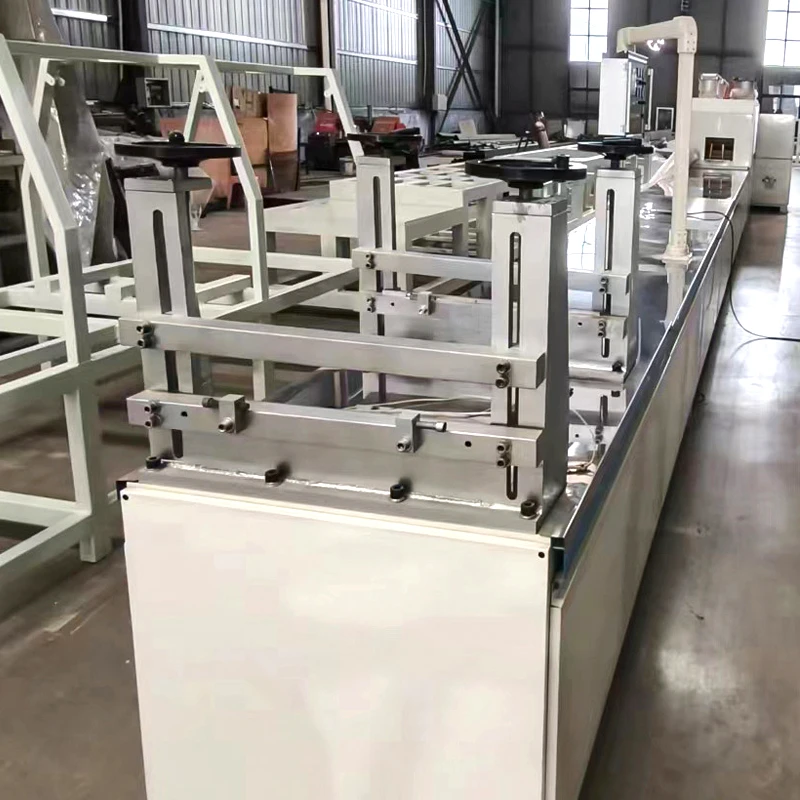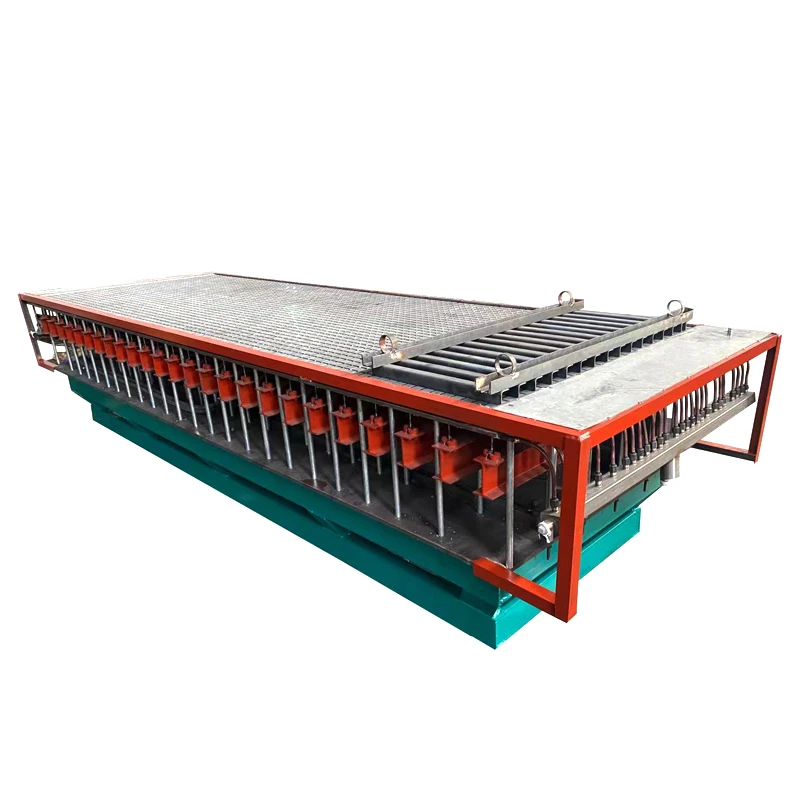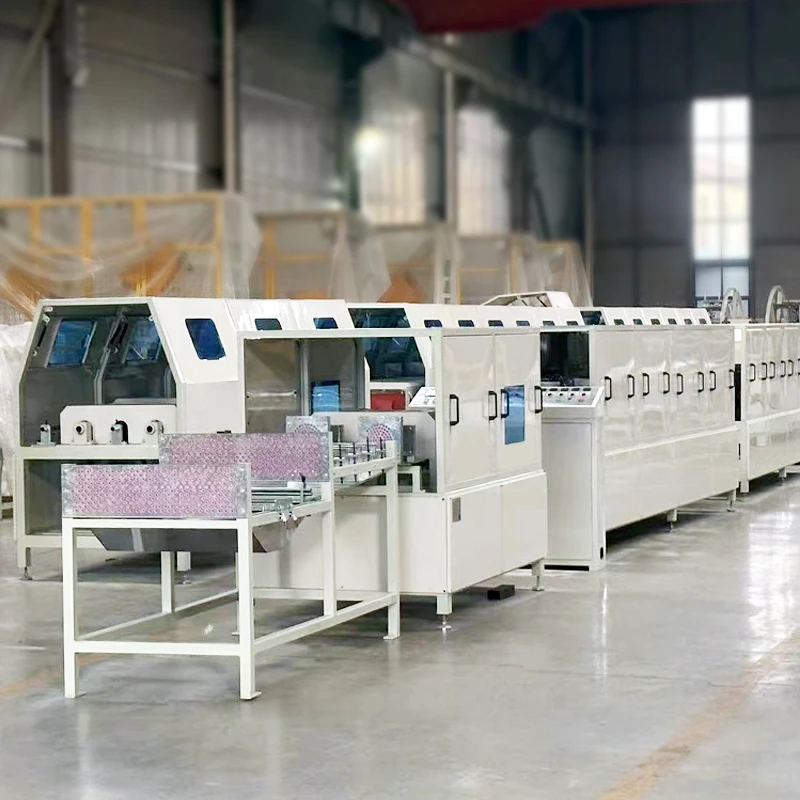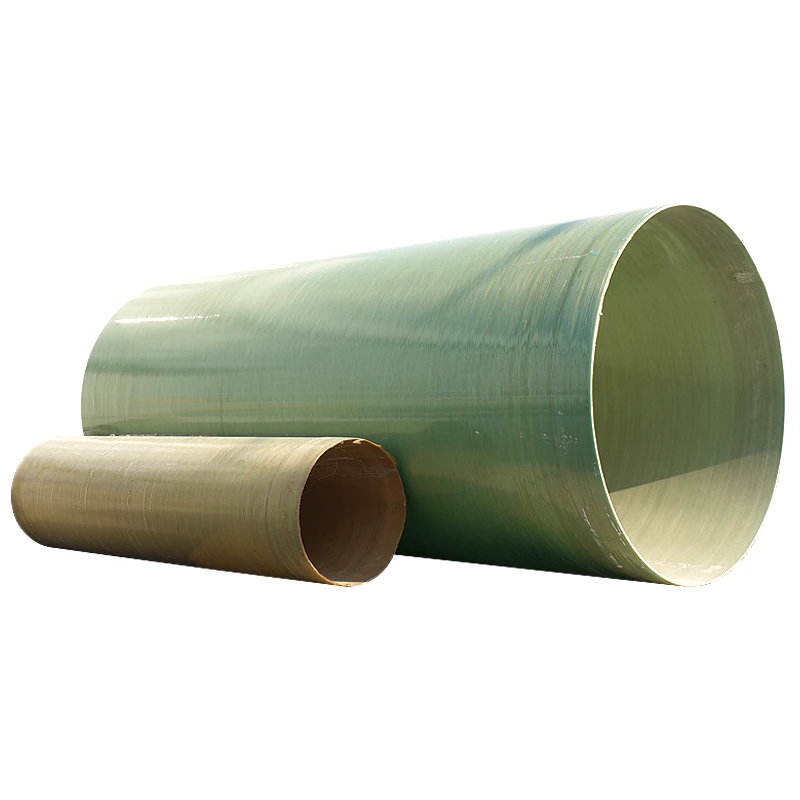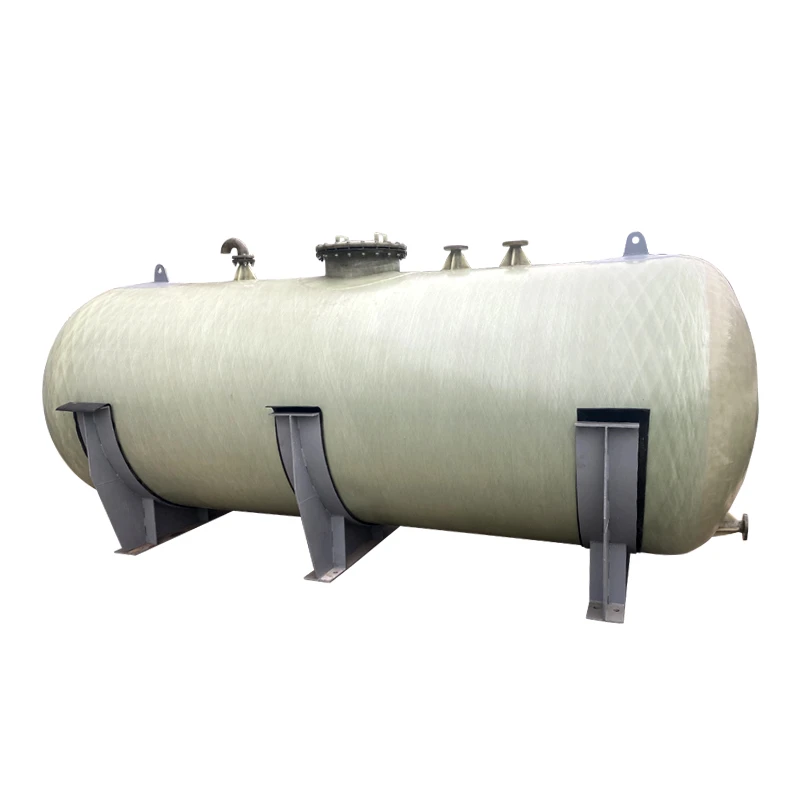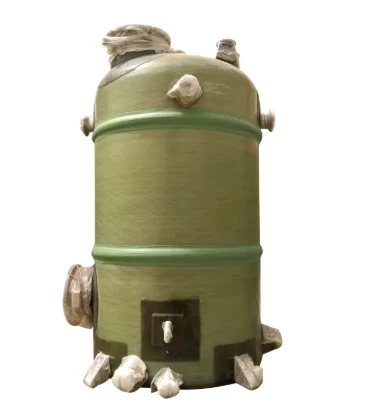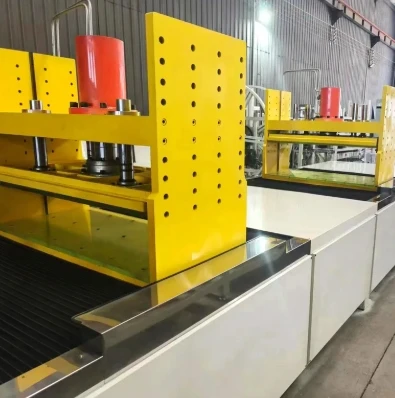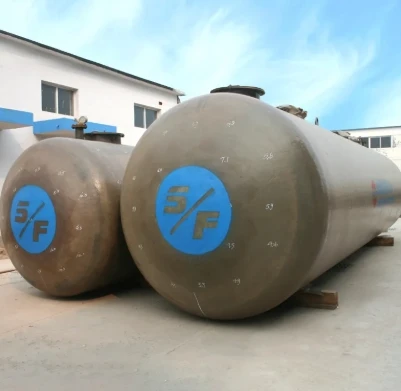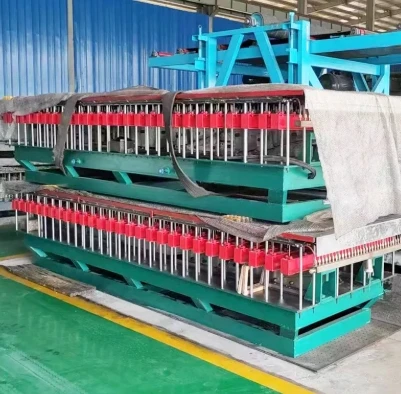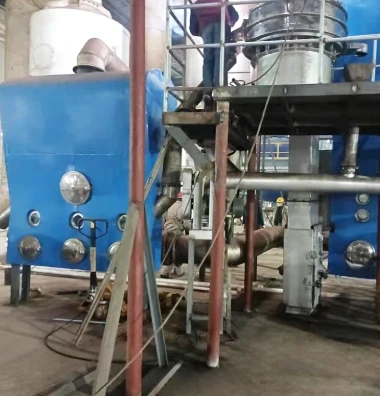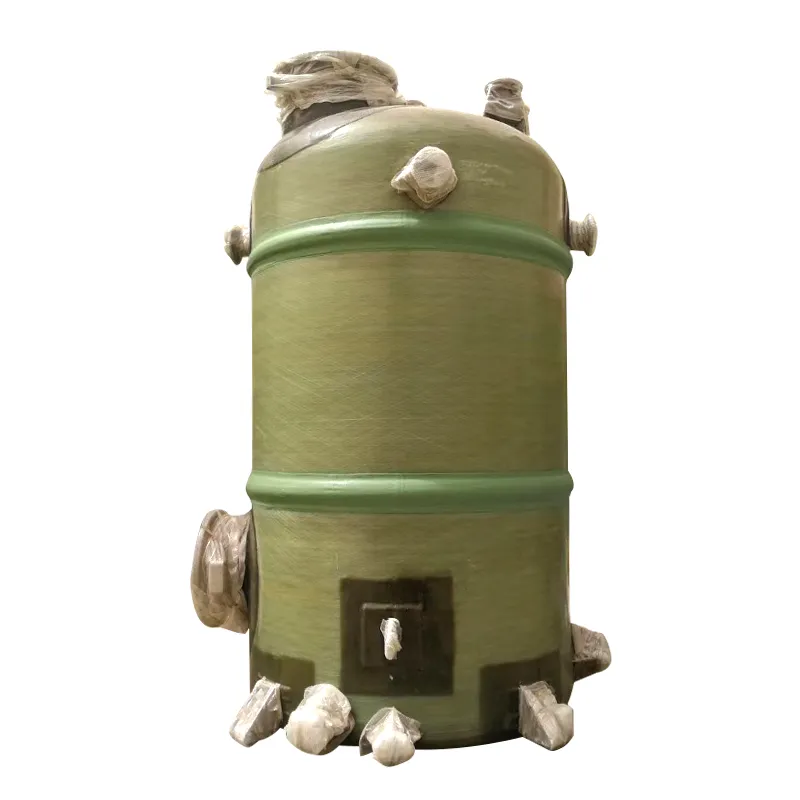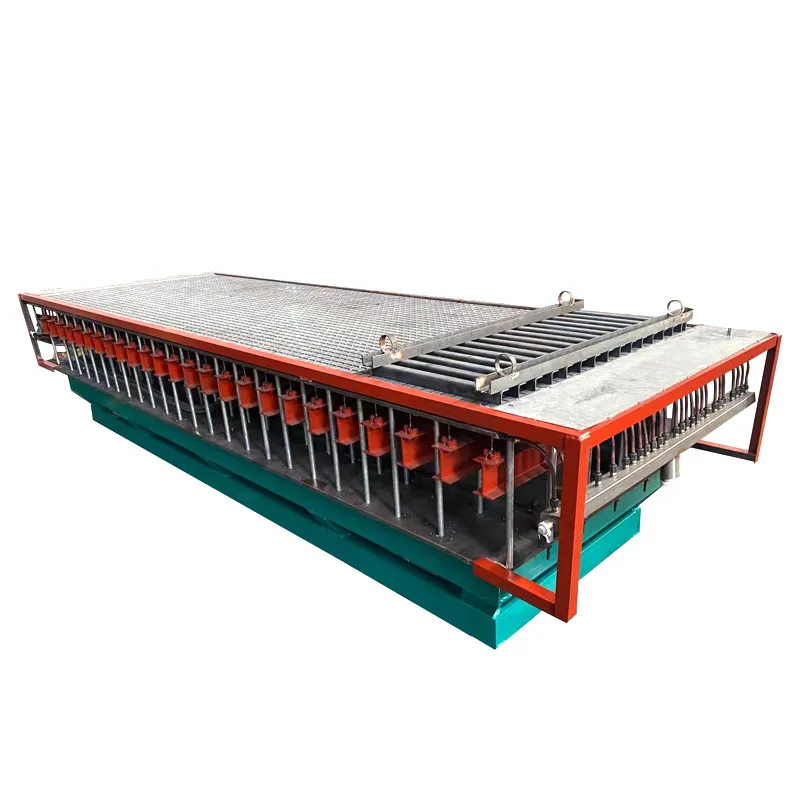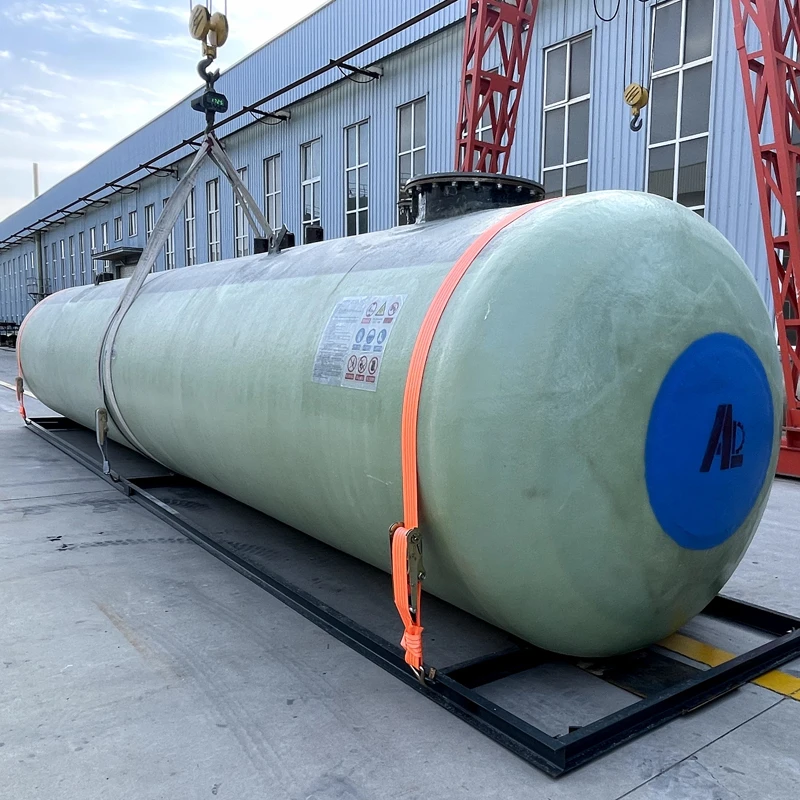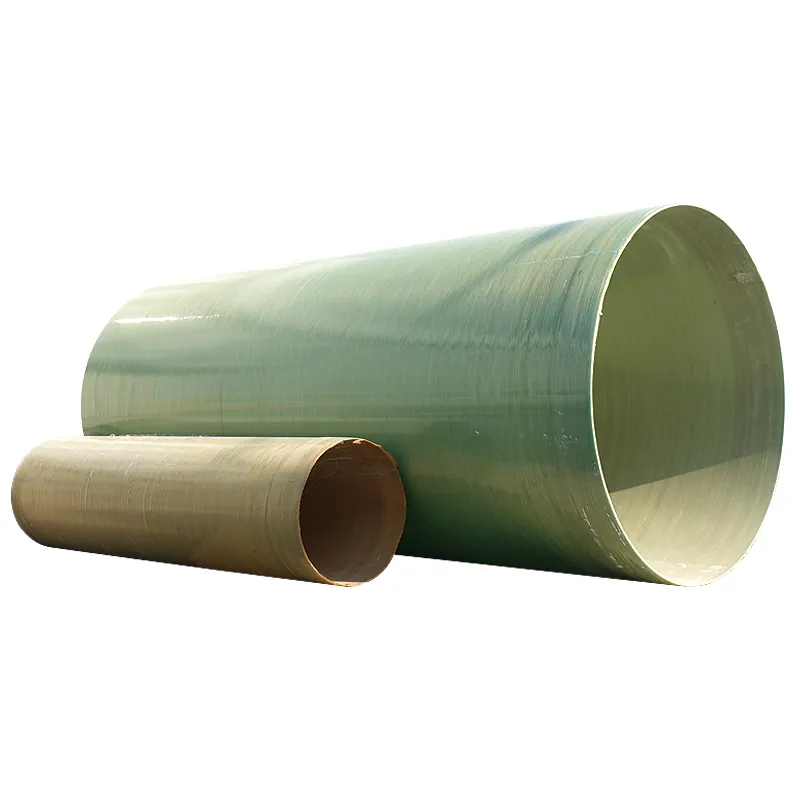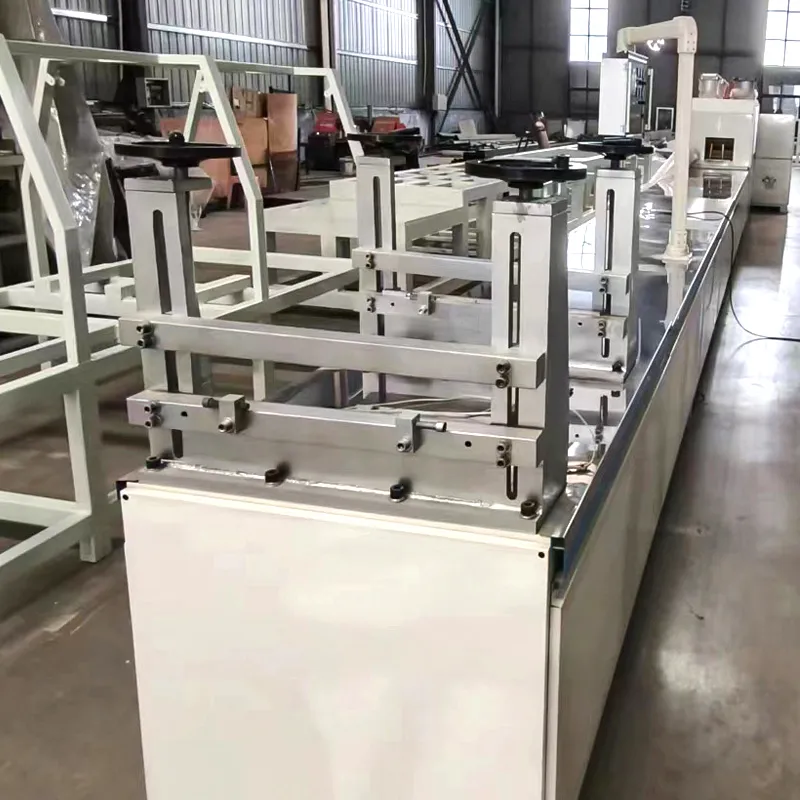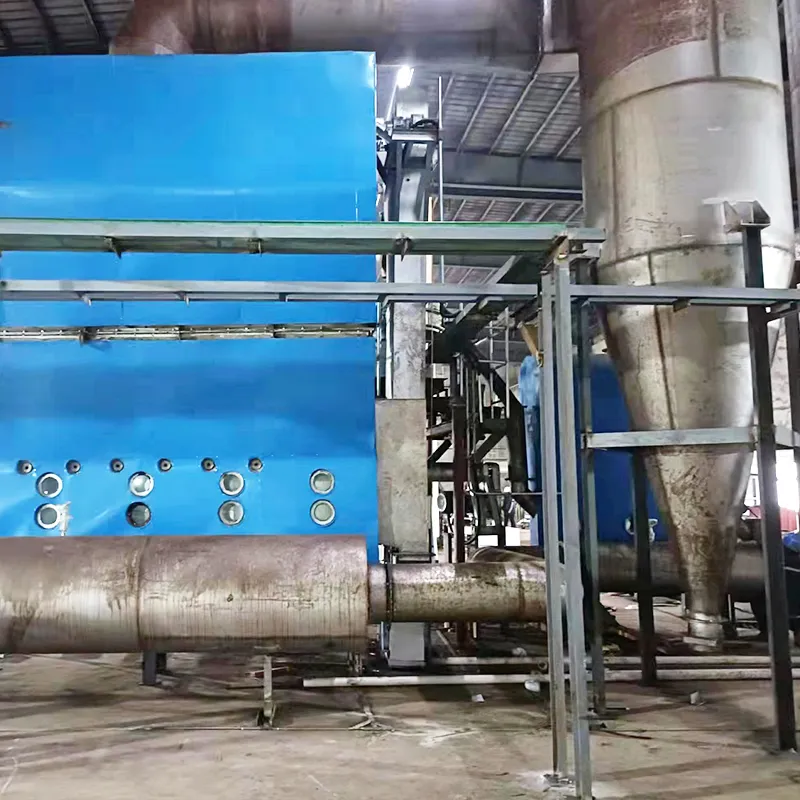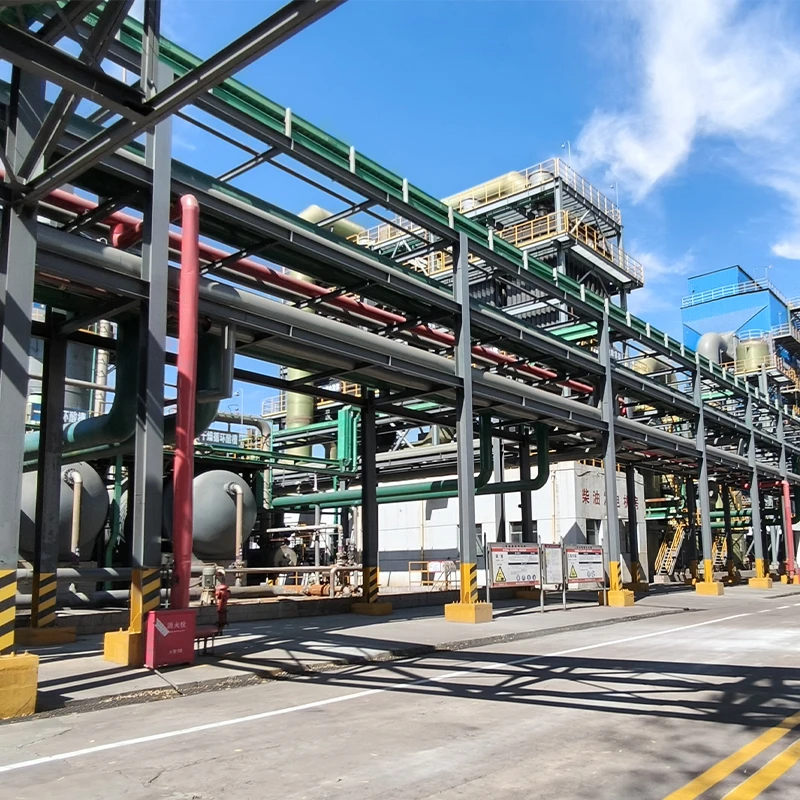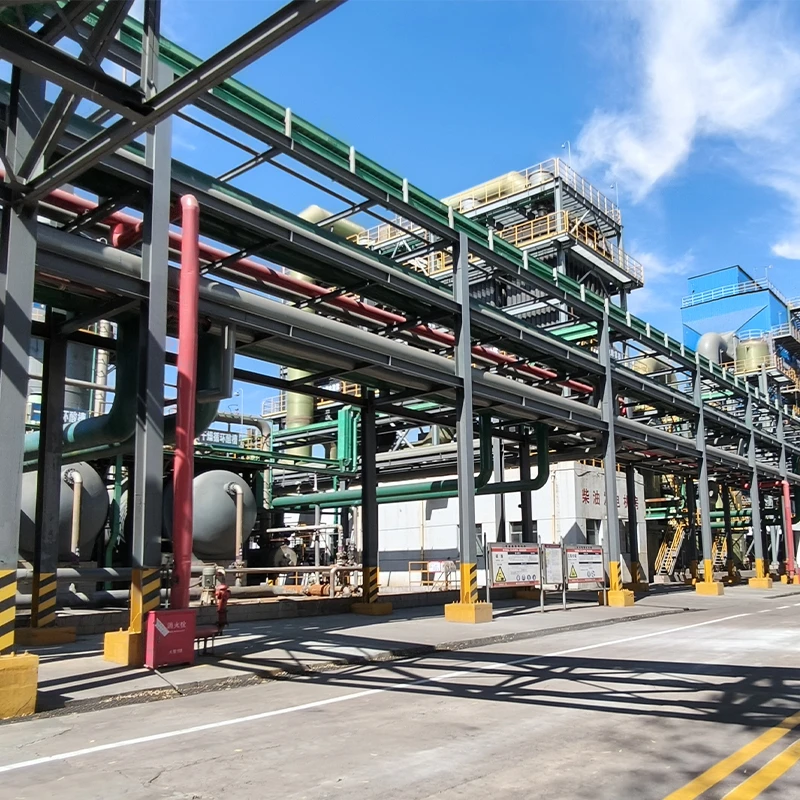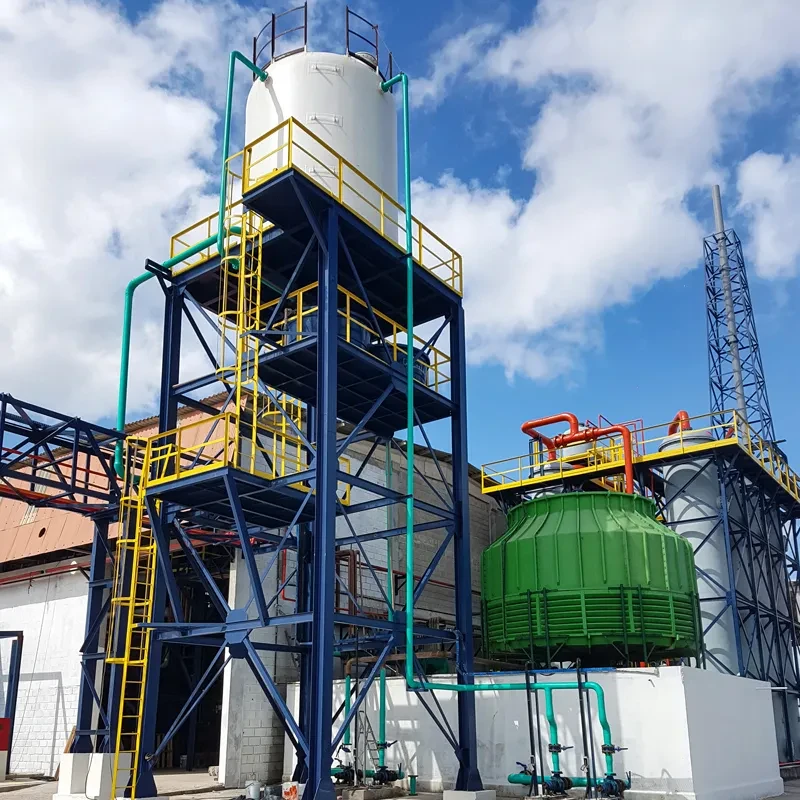Sulfuric Acid Production Line - Hebei Aoliande|Efficiency, Environmental Compliance
Sulfuric acid (H₂SO₄) is one of the most widely used chemicals in industrial applications, serving as a critical component in fertilizer production, chemical manufacturing, and various other processes. The sulfuric acid production line described here is designed to optimize efficiency, environmental compliance, and cost-effectiveness through advanced technological improvements. This article provides a comprehensive overview of the product, its technical specifications, and the company behind it.
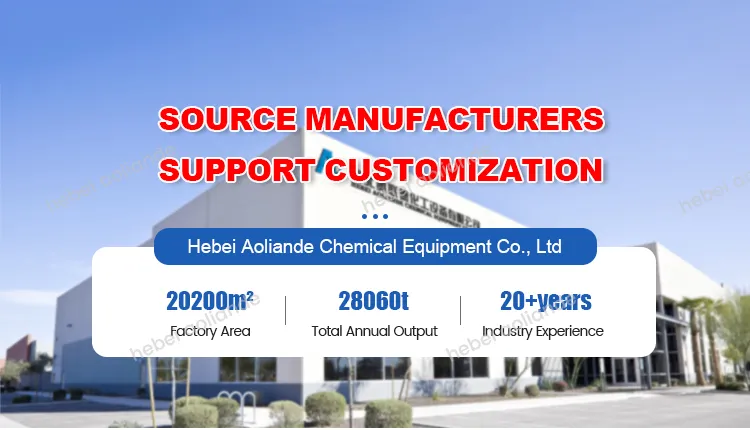
Product Specification
The sulfuric acid production line utilizes the Mannheim process, a well-established method for producing sulfuric acid. This process involves the reaction of potassium chloride (KCl) with sulfuric acid (H₂SO₄) at high temperatures, resulting in the formation of potassium sulfate (K₂SO₄) and hydrochloric acid (HCl). The production line has been enhanced through innovations in equipment design and process optimization to address traditional challenges such as energy consumption and environmental impact.
| Parameter | Specification |
|---|---|
| Production Method | Mannheim Process |
| Raw Materials | Potassium Chloride (KCl), Sulfuric Acid (H₂SO₄) |
| Operating Temperature | 600°C+ |
| Energy Consumption | Low (improved furnace design) |
| Hydrochloric Acid Recovery | Enhanced absorption system |
| Automation | PLC Control System |
| Output Capacity | High (varies by model) |
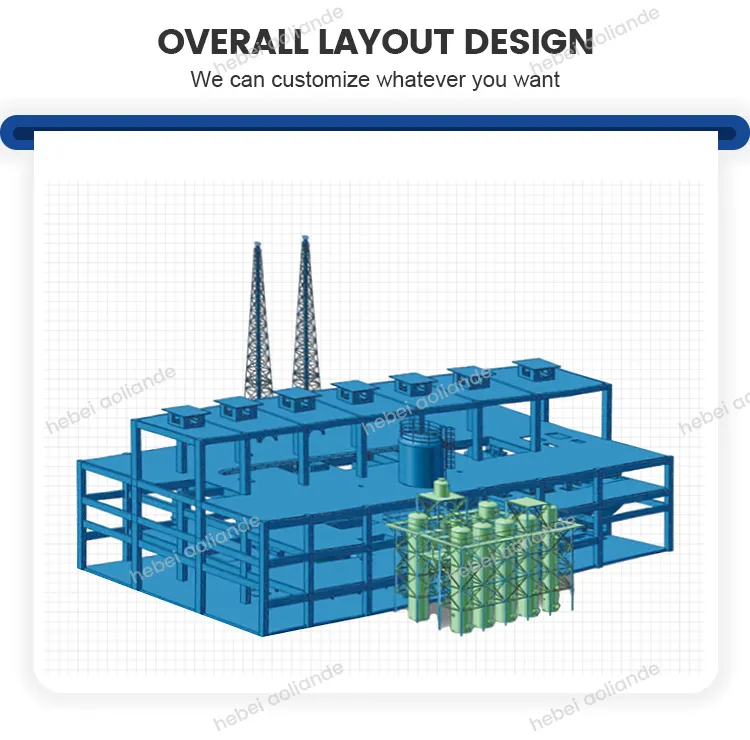
The Mannheim Process
The Mannheim process is the most common method for producing sulfuric acid, accounting for 50–60% of global supply. This method involves heating potassium chloride in a muffle furnace at temperatures exceeding 600°C. The reaction proceeds in two steps: first, potassium chloride reacts with sulfuric acid to form potassium bisulfate (KHSO₄), and then, further heating produces potassium sulfate (K₂SO₄) and hydrochloric acid (HCl).
While the Mannheim process is widely adopted, it is also associated with high input costs, particularly for purchasing muriate of potash (MOP) and sulfuric acid. These costs contribute to the final product price, which can reach approximately $500 per ton. The sulfuric acid production line addresses these challenges through technological advancements that reduce energy consumption and improve resource utilization.
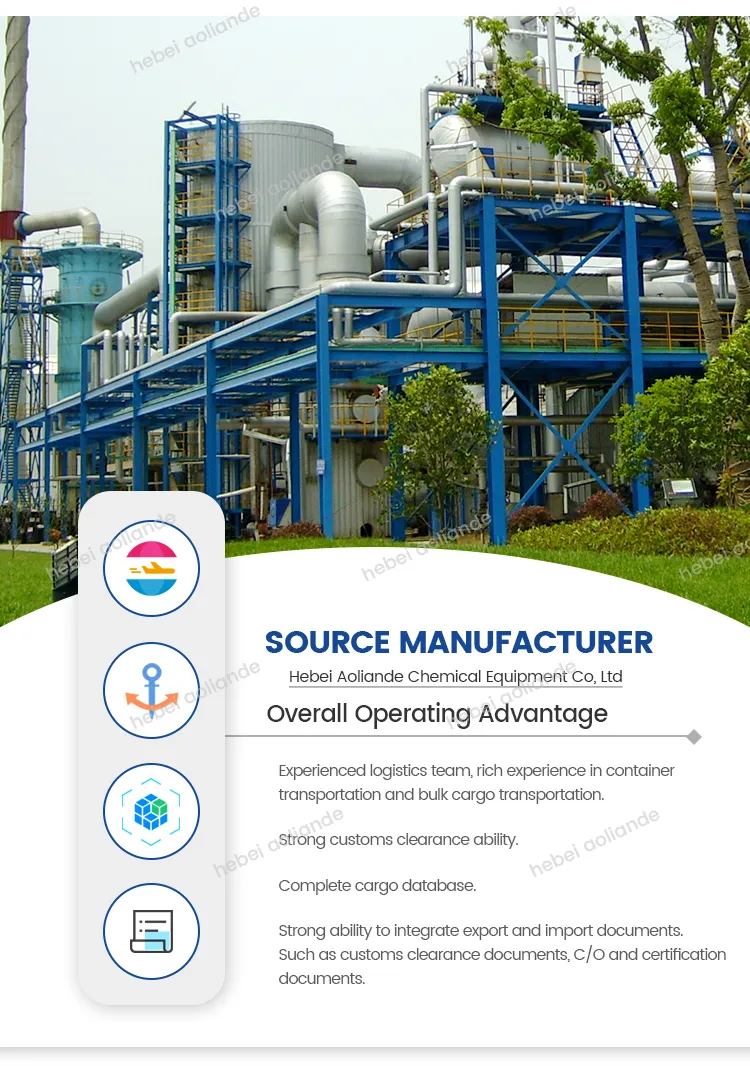
Technical Advantages
The sulfuric acid production line incorporates several technical improvements to enhance efficiency, sustainability, and operational reliability. These include:
- Corrosion-Resistant Materials: Key components are made from special materials that resist corrosion, ensuring long-term durability and reducing maintenance costs.
- Waste Recovery System: A dedicated system recycles hydrochloric acid (HCl), minimizing environmental impact and maximizing resource recovery.
- Enhanced HCl Absorption: The improved absorption system ensures higher quality final products by optimizing the reaction process.
- Energy-Efficient Design: Upgraded flue design allows for better energy utilization, reducing overall energy consumption.
- PLC Automation: A programmable logic controller (PLC) system automates production, enabling precise control over feedstock ratios and reducing labor costs.
- Gas Generator Heating: Replacing traditional heating methods with a gas generator improves efficiency and reduces reliance on external energy sources.
- Stable Operation: The system is designed for consistent performance, with easy operation and maintenance.
- High Output, Low Consumption: The production line achieves large output while maintaining low coal consumption, making it cost-effective for industrial applications.
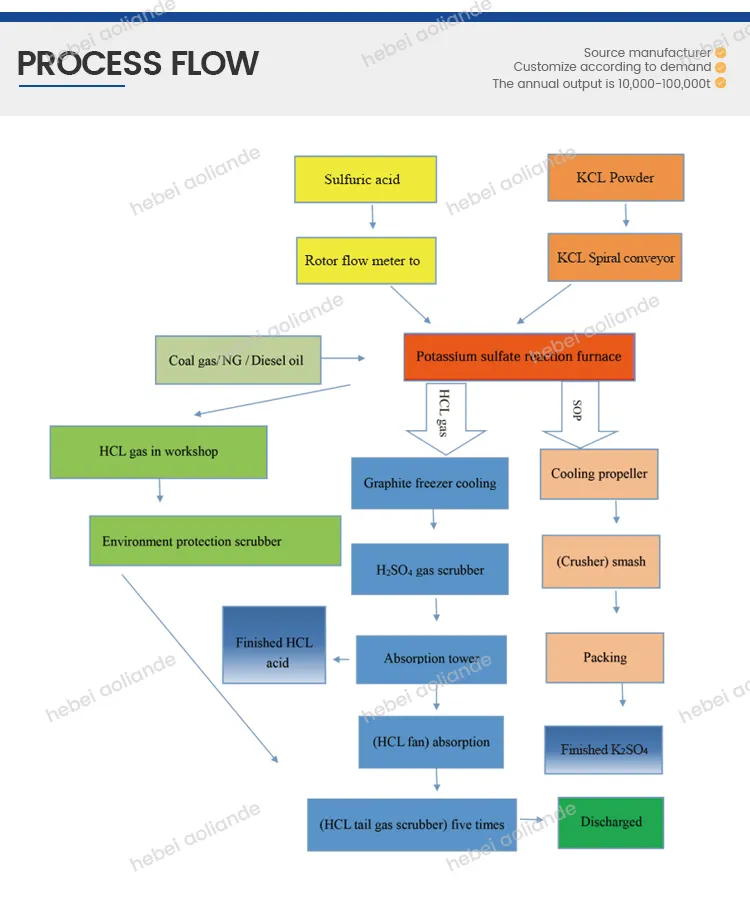

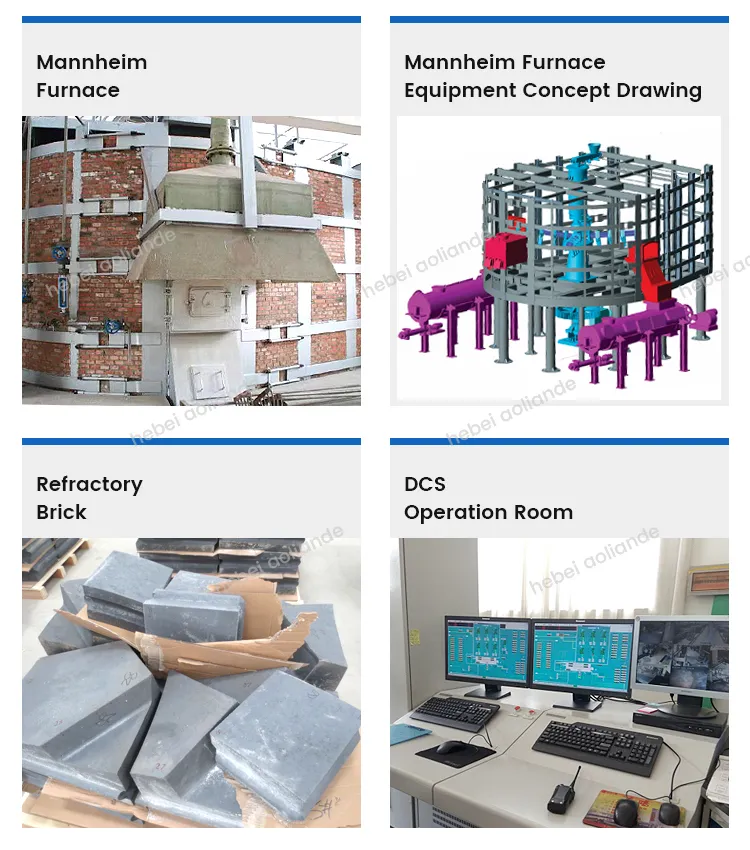
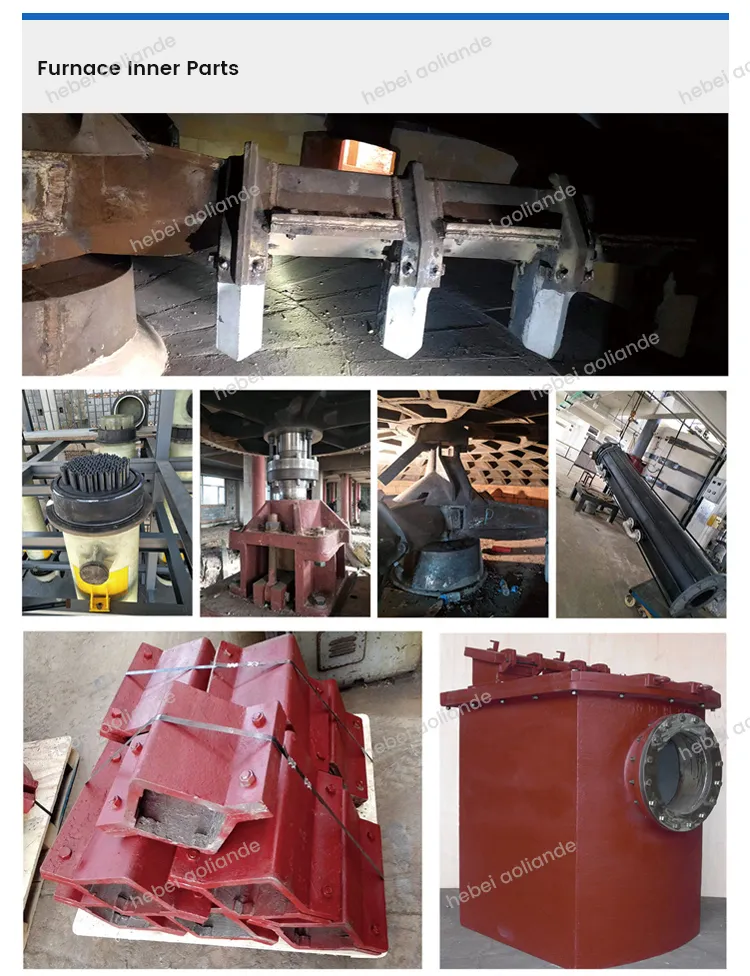

Product Details
The sulfuric acid production line is designed to meet the demands of large-scale industrial applications. Its modular design allows for flexibility in installation and scalability, while advanced engineering ensures optimal performance under varying operational conditions. The production line includes the following key components:
- Mannheim Furnace: Enhanced with improved construction and materials to ensure even heating and complete reaction.
- Hydrochloric Acid Absorption System: Optimized to increase absorption efficiency and reduce environmental emissions.
- Automation Control System: PLC-based controls for precise monitoring and adjustment of production parameters.
- Waste Management System: Recycles byproducts like HCl to minimize waste and maximize resource utilization.
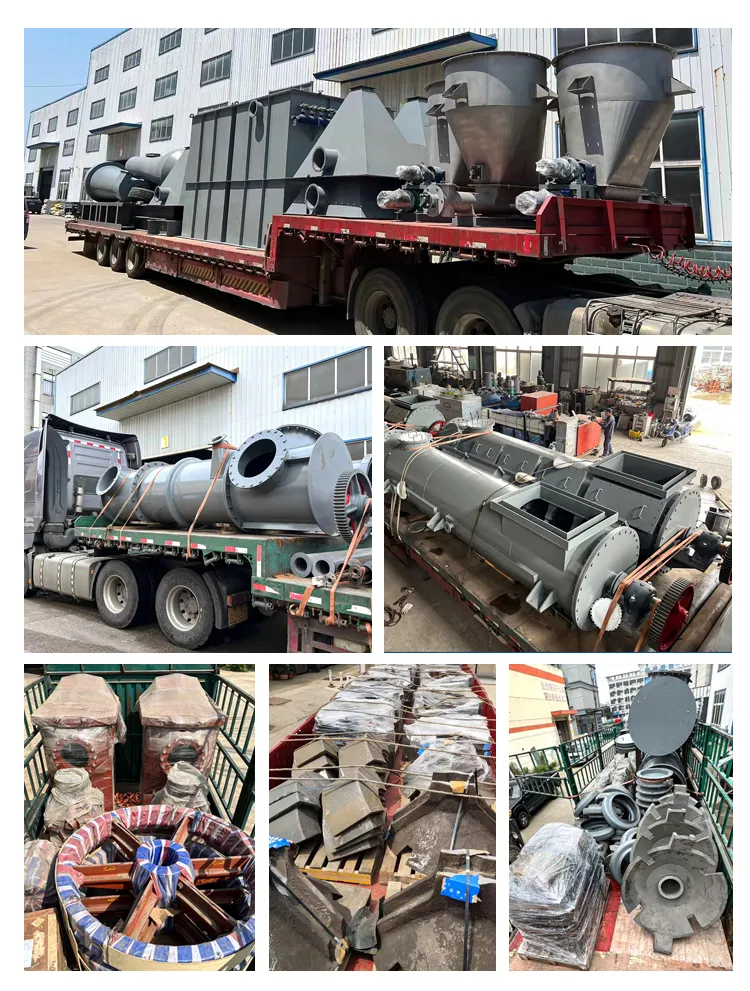
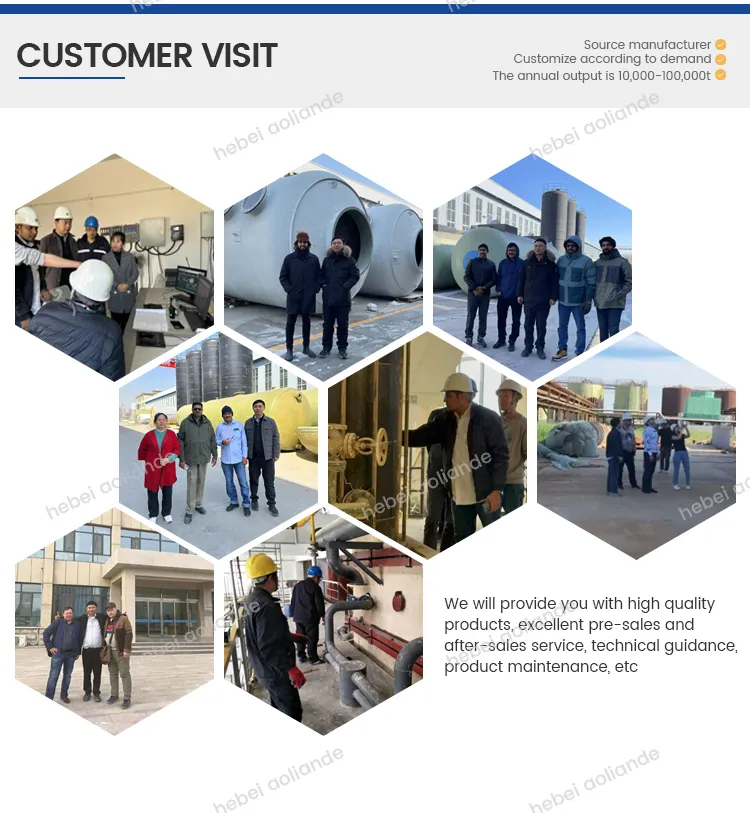
Packaging
The sulfuric acid production line is packaged to ensure safe transportation and ease of installation. The packaging includes:
- Durable Crating: Customized crates to protect equipment during transit.
- Documentation: Comprehensive manuals and technical guides for installation and operation.
- Labeling: Clear labeling for easy identification of components and safety instructions.
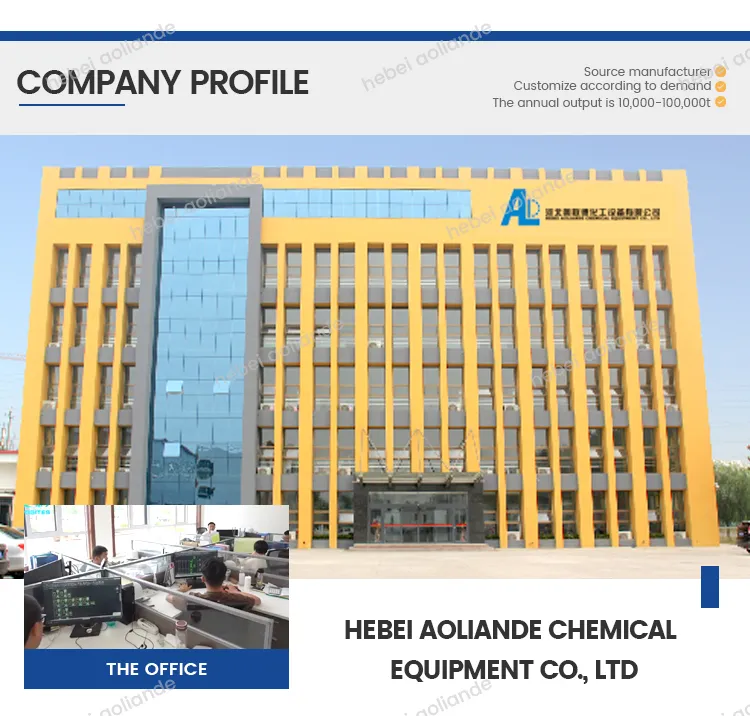
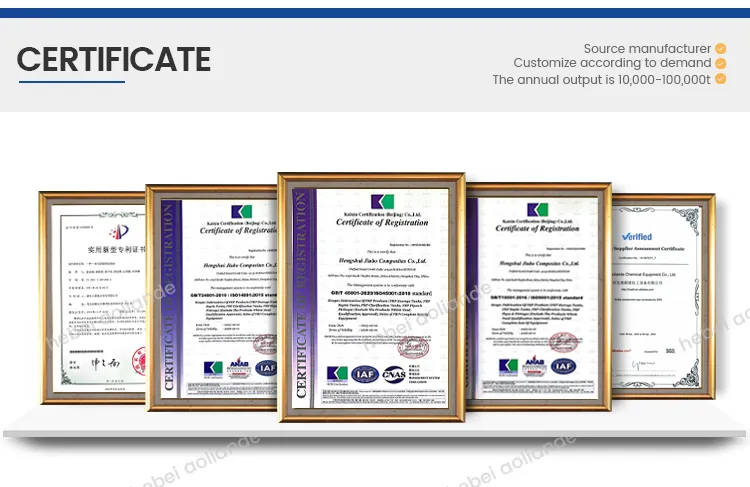
Company Profile
Hebei Aoliande Chemical Equipment Co., Ltd. is a leading manufacturer of FRP (Fiberglass Reinforced Plastic) products, including pipes, storage tanks, and production machinery. The company has established a reputation for delivering high-quality solutions that meet international standards. With over 50 employees and annual sales exceeding $5 million, Hebei Aoliande serves a global clientele, including customers in the United States, Brazil, Japan, Germany, India, Malaysia, and Egypt.
Hebei Aoliande's commitment to innovation is reflected in its ISO 9001 and ISO 14001 certifications, which ensure adherence to quality management and environmental standards. The company's expertise in advanced technology and reliable service has earned the trust of both new and existing customers.
Conclusion
The sulfuric acid production line represents a significant advancement in sulfuric acid manufacturing. By integrating the Mannheim process with modern technological improvements, this production line offers a sustainable, cost-effective, and efficient solution for industrial applications. Hebei Aoliande Chemical Equipment Co., Ltd. continues to lead the way in providing innovative chemical processing equipment that meets the evolving needs of the global market.
References
1. NIST (National Institute of Standards and Technology)
https://www.nist.gov
*Note: While the specific page for this reference was not found, NIST provides authoritative information on chemical processes and industrial standards that support the development of advanced manufacturing technologies.
2. Hebei Aoliande Chemical Equipment Co., Ltd.
https://www.frpgrpmachine.com

